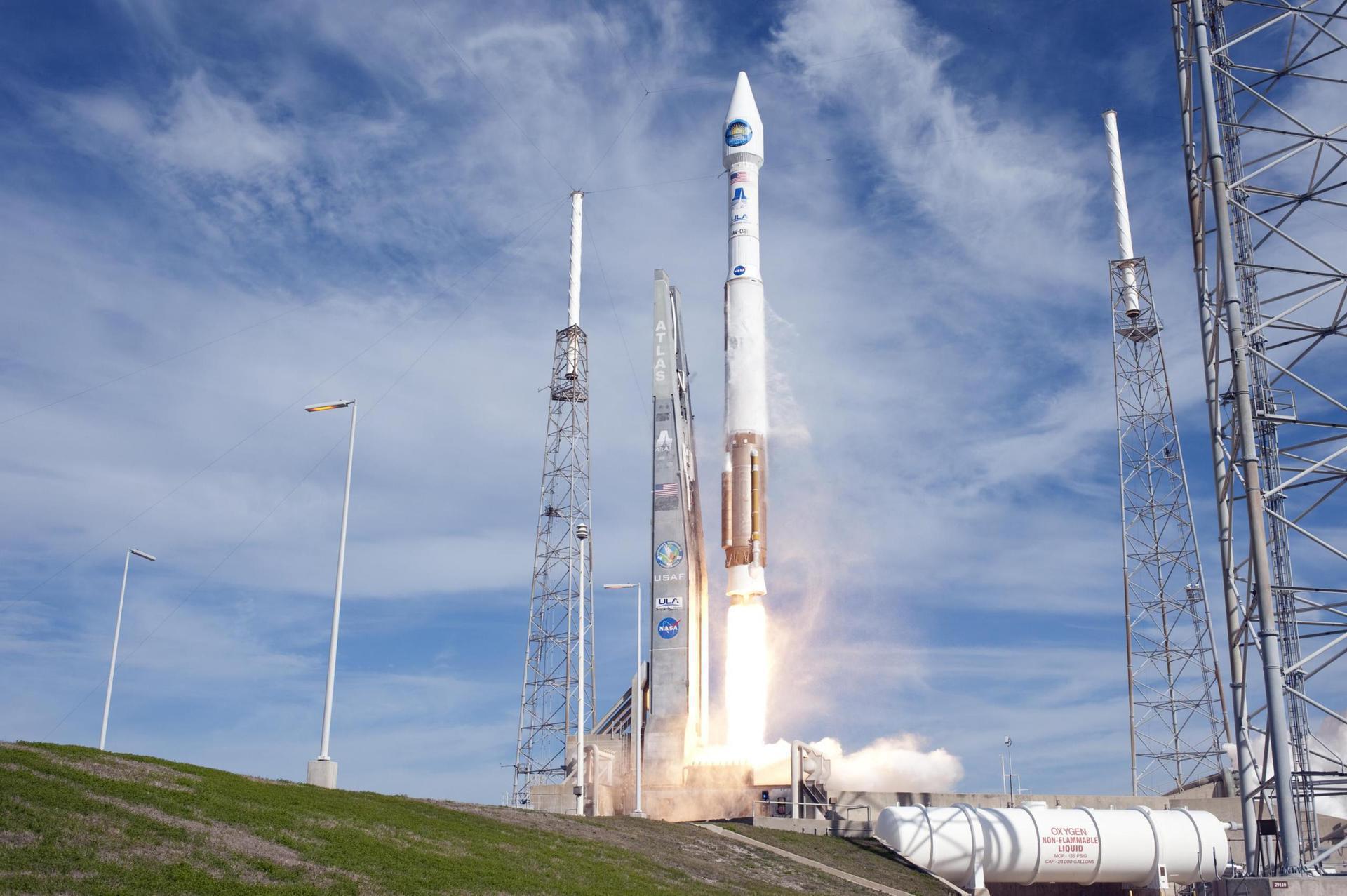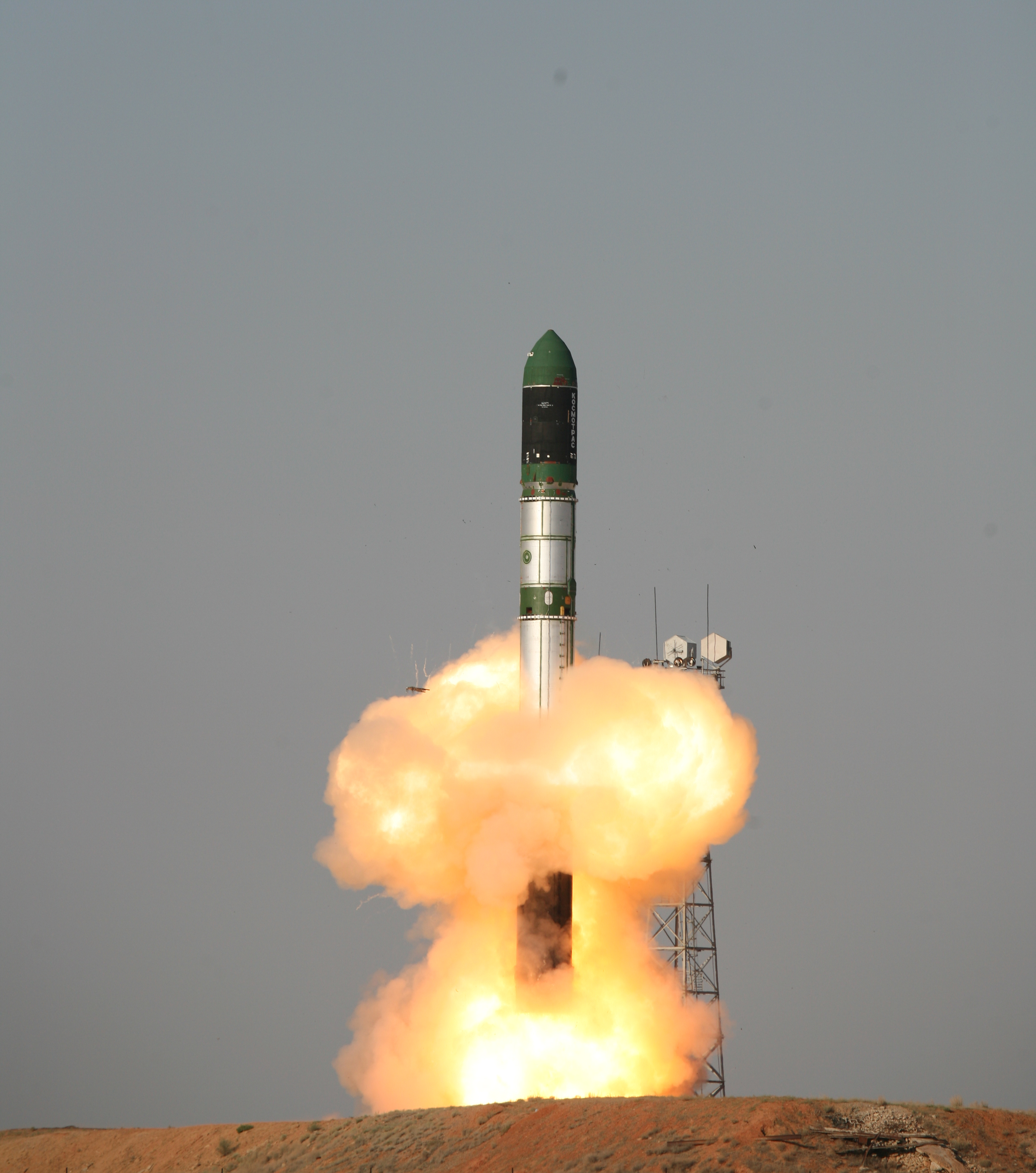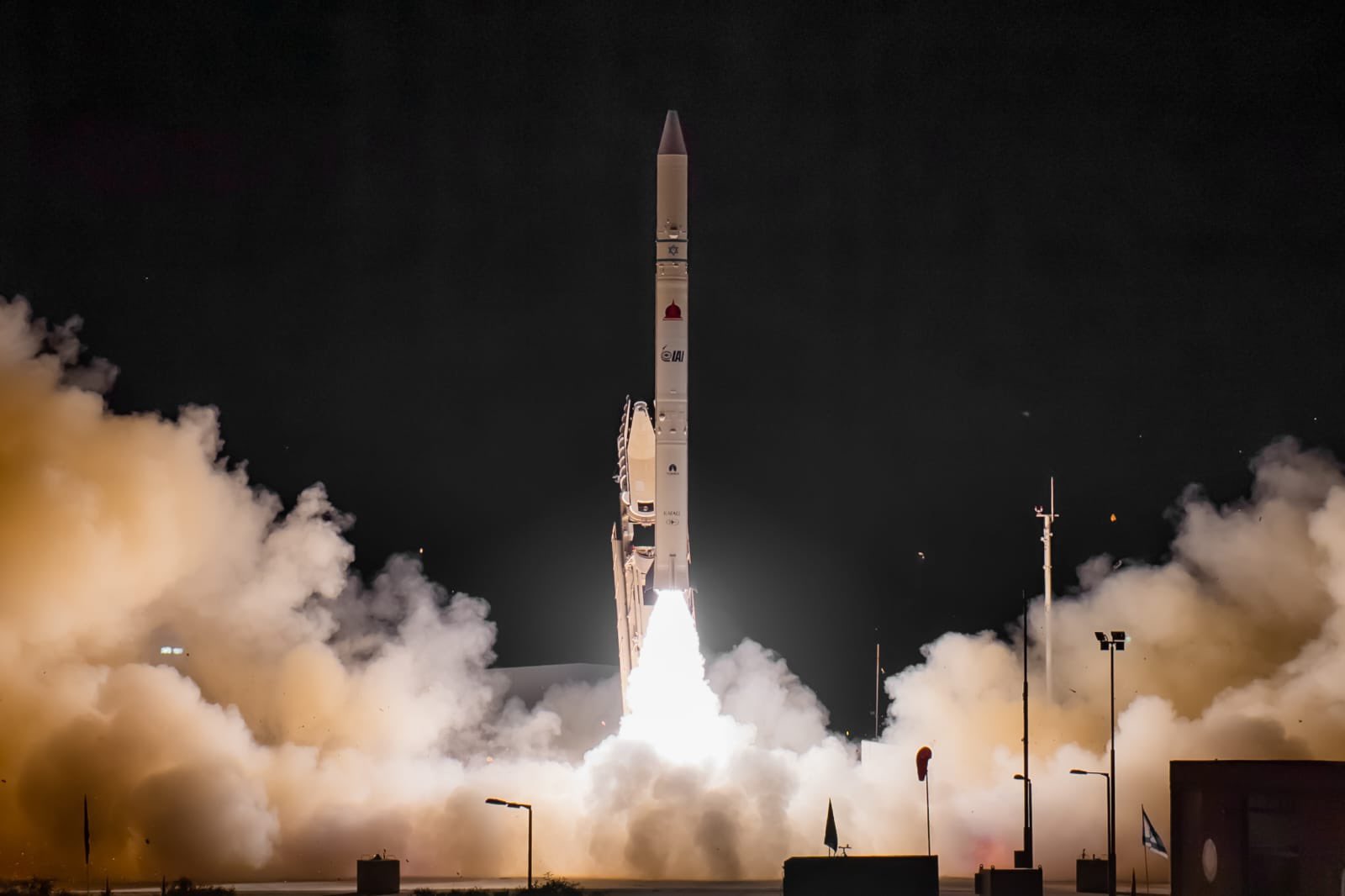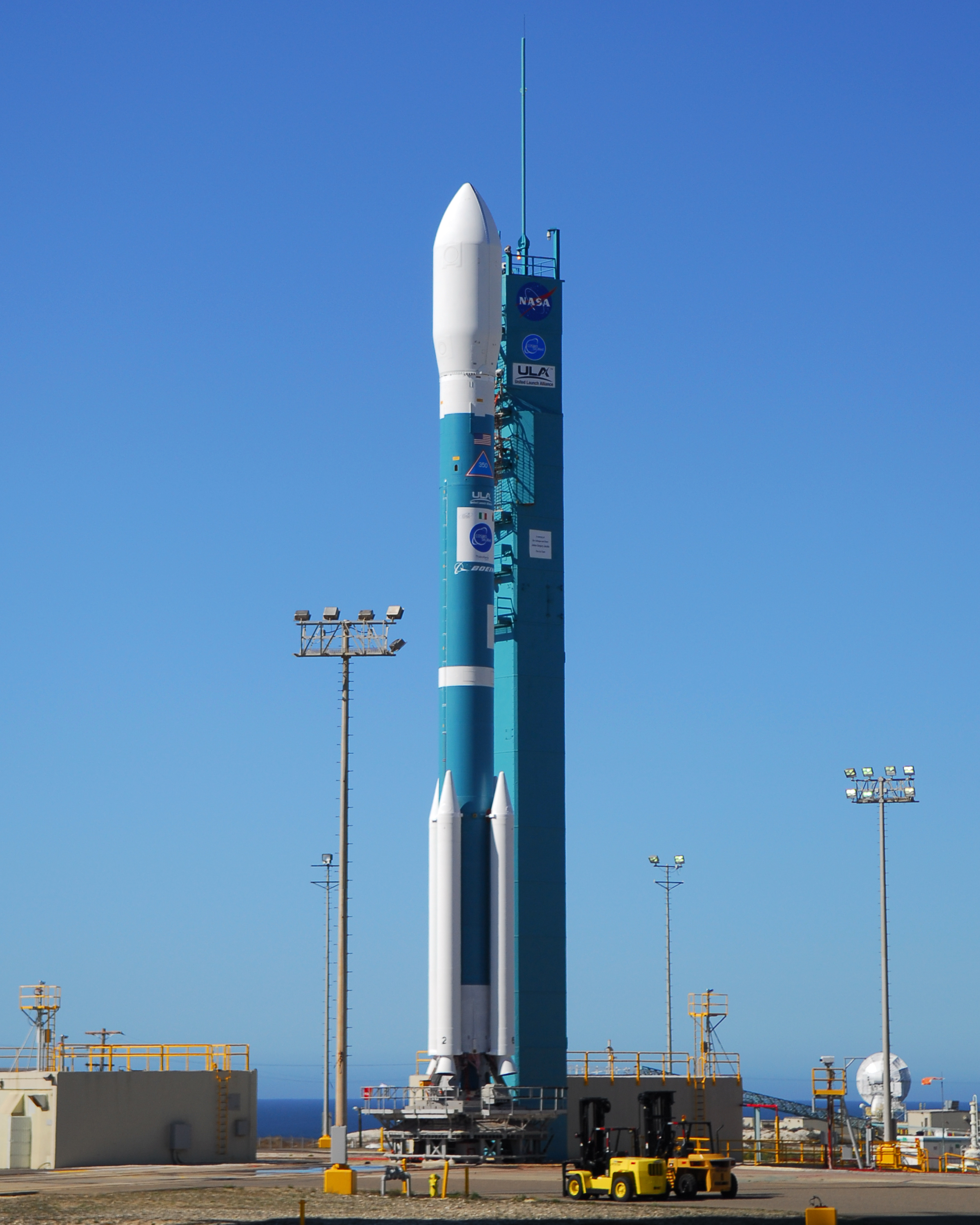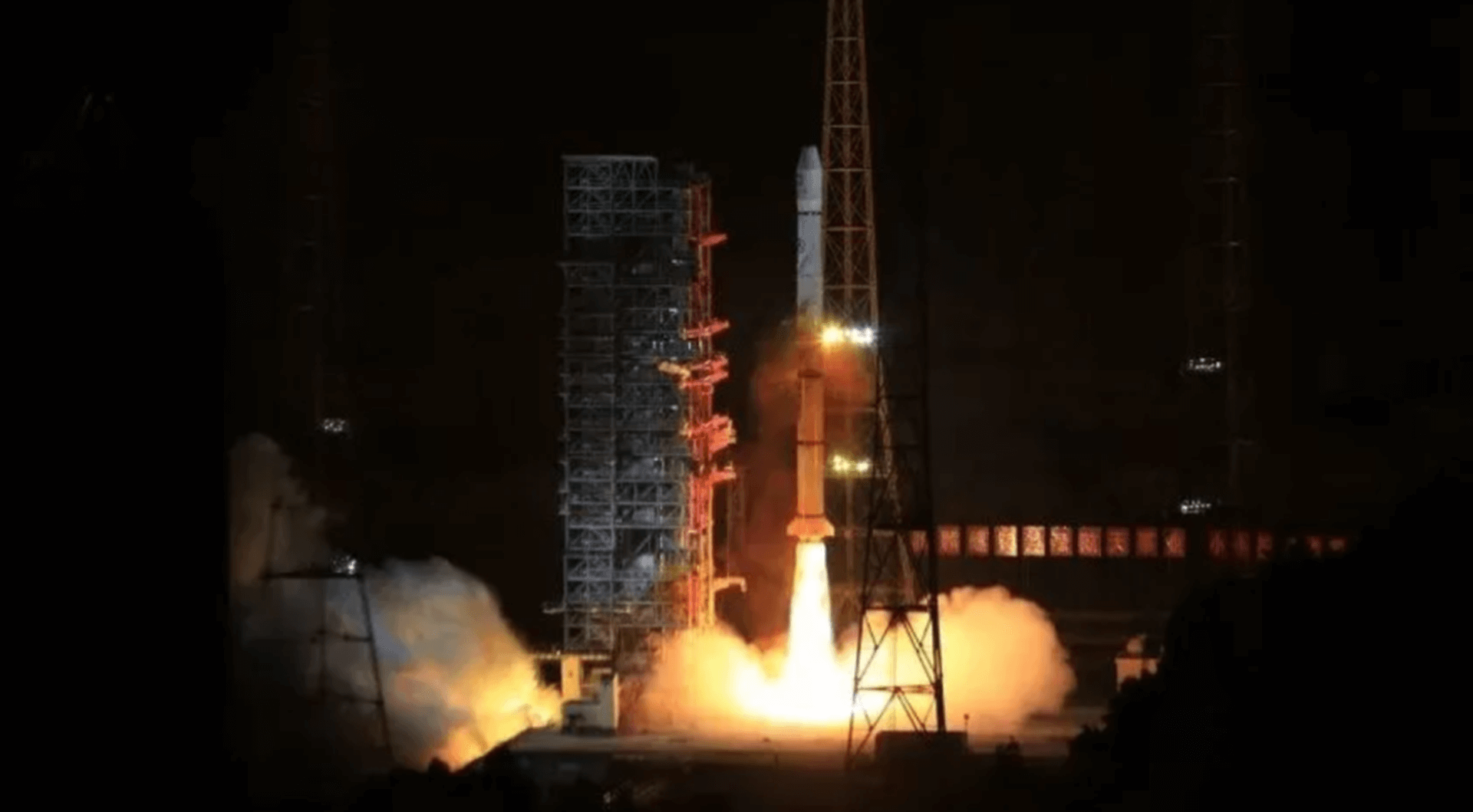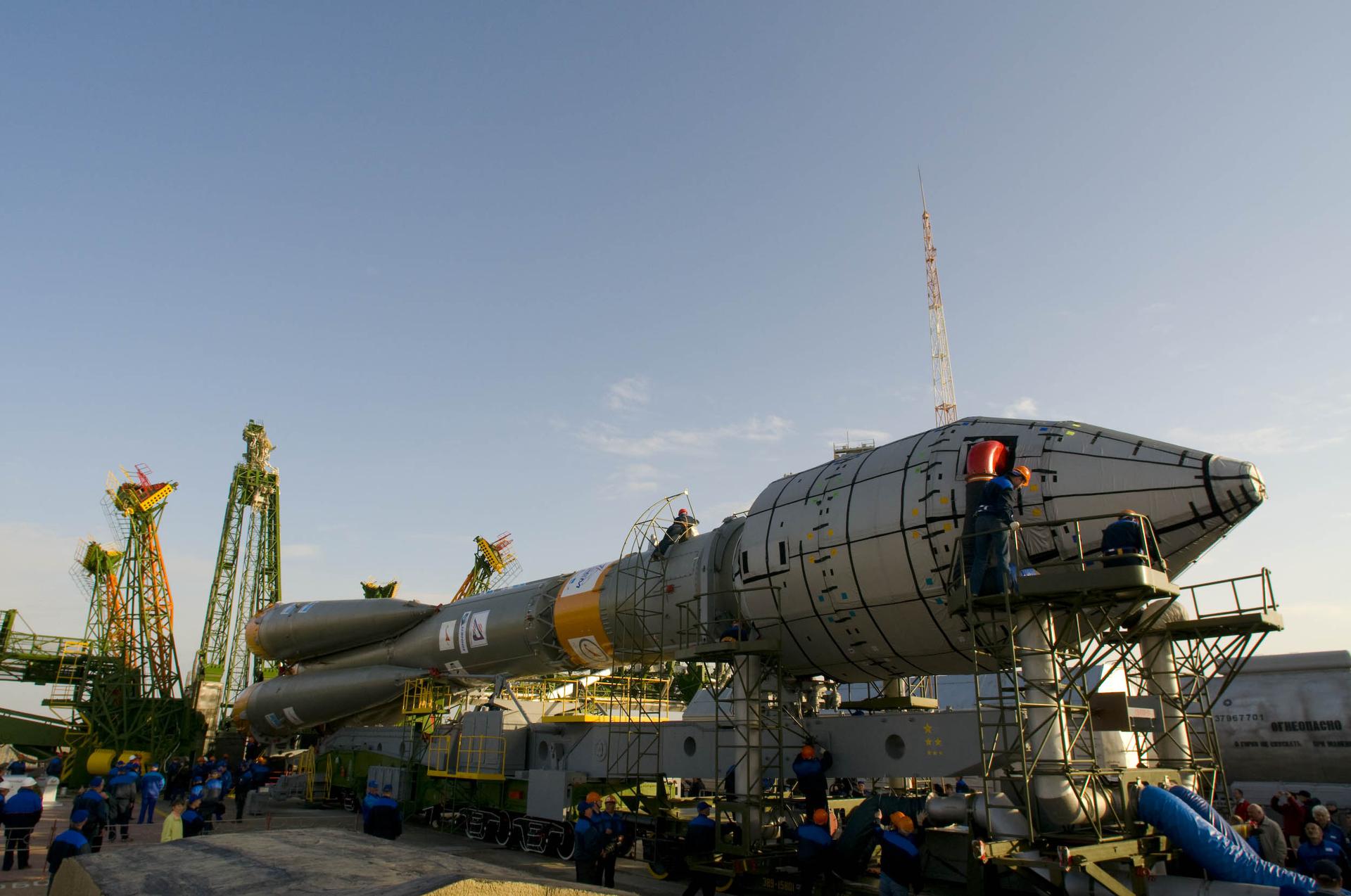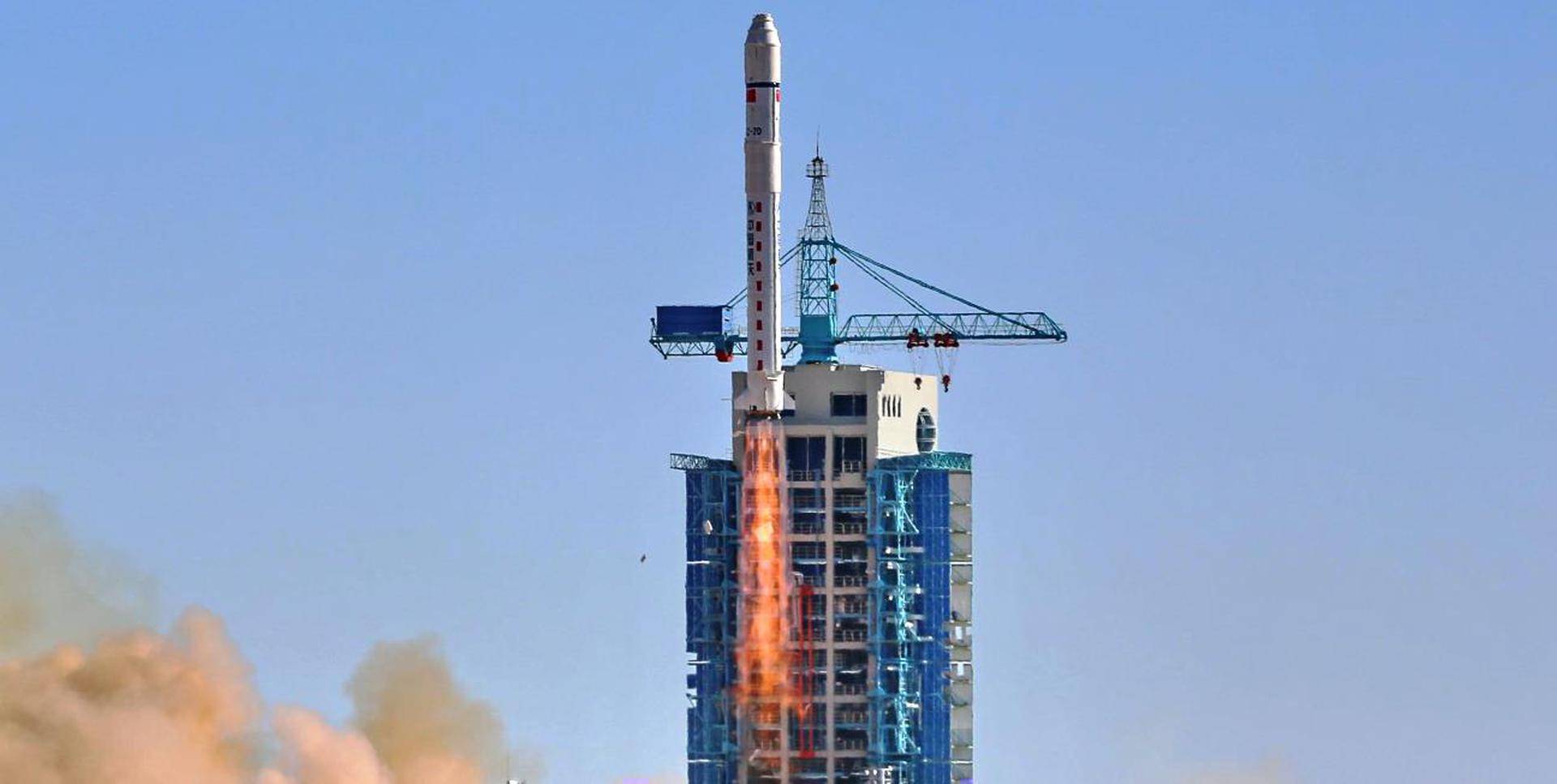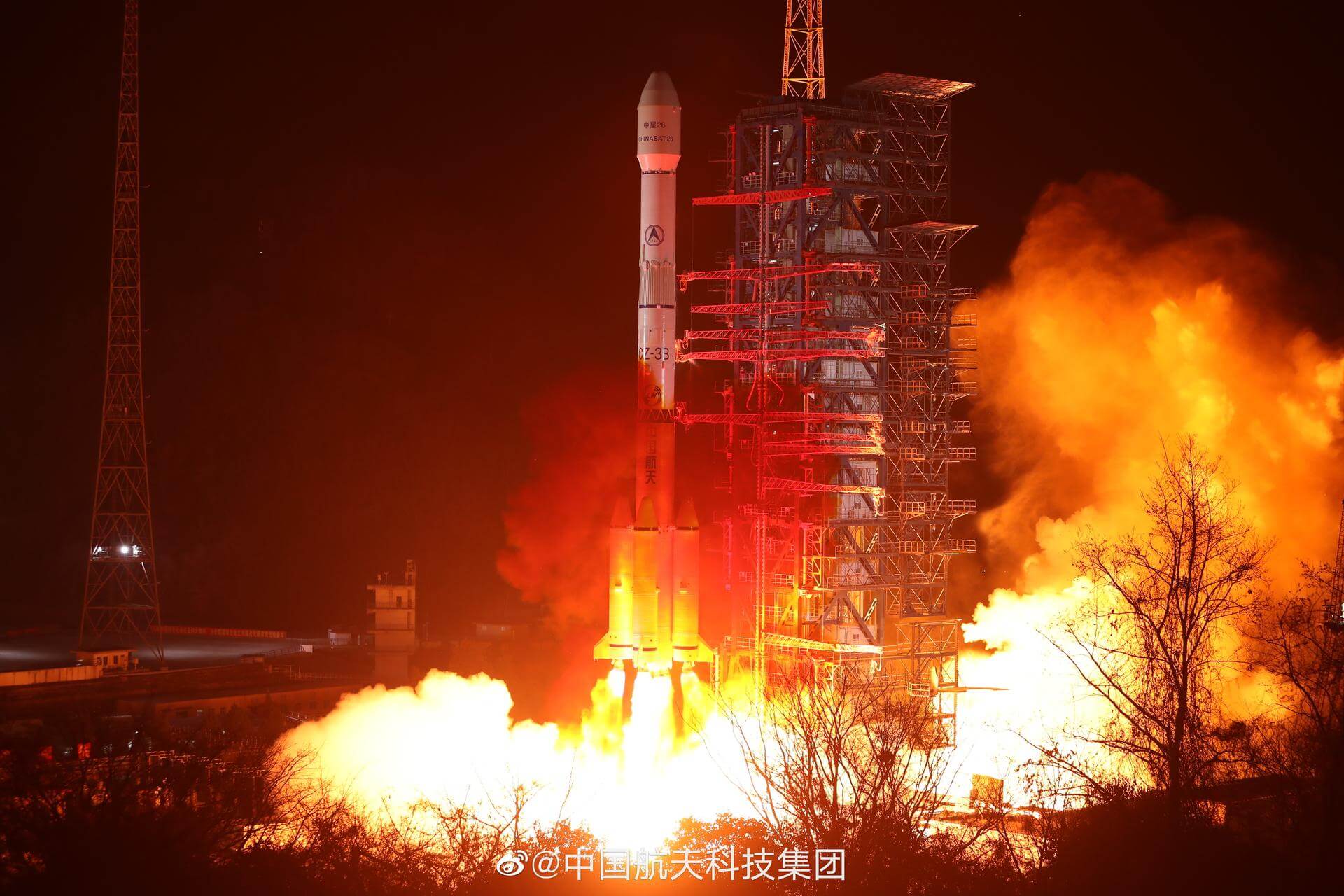Previous Spaceflight Launches
Filter by Agency, Locations or Vehicles
Show All LaunchesAtlas V 401 | NROL-30 & NOSS-3 (USA-194)
United Launch Alliance | United States of AmericaCape Canaveral SFS, FL, USA
June 15, 2007, 3:12 p.m.
Dnepr | TerraSAR-X
ISC Kosmotras | RussiaBaikonur Cosmodrome, Republic of Kazakhstan
June 15, 2007, 2:14 a.m.
Shavit-2 | Ofeq-7
Israel Aerospace Industries | IsraelPalmachim Airbase, State of Israel
June 10, 2007, 11:40 p.m.
Space Shuttle Atlantis / OV-104 | STS-117
National Aeronautics and Space Administration | United States of AmericaKennedy Space Center, FL, USA
June 8, 2007, 11:38 p.m.
Status: Launch Successful
Mission:
STS-117 (ISS assembly flight 13A) was a Space Shuttle mission flown by Space Shuttle Atlantis, launched from pad 39A of the Kennedy Space Center on 8 June 2007. Atlantis lifted off from the launch pad at 19:38 EDT. Damage from a hail storm on 26 February 2007 had previously caused the launch to be postponed from an originally-planned launch date of 15 March 2007. The launch of STS-117 marked the 250th orbital human spaceflight. Atlantis delivered to the International Space Station (ISS) the second starboard truss segment (the S3/S4 Truss) and its associated energy systems, including a set of solar arrays. During the course of the mission the crew installed the new truss segment, retracted one set of solar arrays, and unfolded the new set on the starboard side of the station. STS-117 also brought Expedition 15 crewmember Clayton Anderson to the station, and returned with ISS crewmember Sunita Williams.
Low Earth OrbitDelta II 7420-10 | COSMO-SkyMed 1
United Launch Alliance | United States of AmericaVandenberg SFB, CA, USA
June 8, 2007, 2:34 a.m.
Soyuz-U-PVB | Yantar-4K2M 3
Progress Rocket Space Center | RussiaPlesetsk Cosmodrome, Russian Federation
June 7, 2007, 6 p.m.
Long March 3A | Xinnuo 3
China Aerospace Science and Technology Corporation | ChinaXichang Satellite Launch Center, People's Republic of China
May 31, 2007, 4:08 p.m.
Soyuz-FG | Globalstar 65,69,71,72
Progress Rocket Space Center | RussiaBaikonur Cosmodrome, Republic of Kazakhstan
May 29, 2007, 8:31 p.m.
Long March 2D | Yaogan Weixing 2
China Aerospace Science and Technology Corporation | ChinaJiuquan Satellite Launch Center, People's Republic of China
May 25, 2007, 7:12 a.m.
Long March 3B/E | Nigcomsat 1
China Aerospace Science and Technology Corporation | ChinaXichang Satellite Launch Center, People's Republic of China
May 13, 2007, 4:01 p.m.
